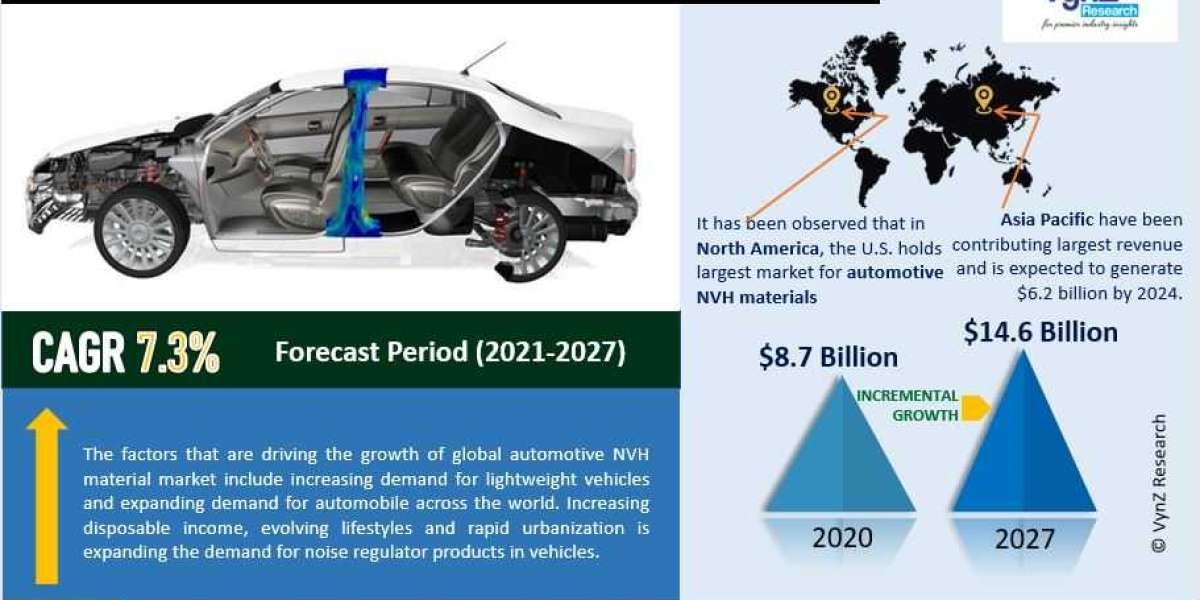In today's digital age, social media has become a hub for like-minded individuals to come together, share their passions, and build communities around common interests. For automotive enthusiasts, platforms like Facebook offer a fantastic opportunity to create, nurture, and grow their very own car clubs. In this article, we'll explore the steps and strategies required to build a thriving online community for your car club on Facebook, fostering connections, and driving engagement.
Understanding the Power of Facebook Communities
Facebook is a powerhouse when it comes to social media, with over 2.8 billion monthly active users as of my last knowledge update in September 2021. It offers a variety of features that make it an ideal platform for creating and managing automotive communities. These features include:
Groups: Facebook Groups are designed for discussions and interactions around specific topics. They allow you to create a dedicated space for your car club members.
Events: You can easily create and promote car-related events, such as meetups, cruises, or car shows, within your community.
Media Sharing: Facebook allows users to share photos and videos, making it perfect for showcasing your club members' prized possessions.
Notifications: Members can receive notifications when there are new posts or comments, keeping them engaged.
Analytics: Facebook provides insights into the performance of your group, helping you understand what works and what doesn't.
Now that we understand the potential of Facebook, let's delve into the steps to create a successful car club community.
Step 1: Define Your Niche and Purpose
Before you create your Facebook car club, it's crucial to determine your niche and purpose. What makes your club unique? Are you focused on classic cars, off-roading adventures, or a specific brand or model? Clarifying your niche will help attract like-minded enthusiasts who share your passion.
For example, if your niche is classic Mustangs, your group's purpose might be to celebrate the history and culture of these iconic vehicles. A clear niche and purpose will help potential members understand what your community is all about.
Step 2: Create Your Facebook Group
Now that you've defined your niche and purpose, it's time to create your Facebook Group. Here's a step-by-step guide:
Log in to Facebook: Use your personal account or create one if you don't have one already.
Click on Groups: On the left-hand side of your Facebook homepage, you'll find the "Groups" tab. Click on it.
Create Group: Click the "+ Create Group" button.
Group Name and Description: Choose a name that reflects your club's niche and purpose. Write a concise and informative description to let potential members know what your group is about.
Privacy Settings: You can choose between three privacy settings: Public, Closed, or Secret. For a car club, Closed is often a good choice as it allows members to find the group and request to join, but posts are only visible to members.
Add Members: Invite your friends and other enthusiasts to join your group.
Customize Settings: Set up group rules, membership questions, and other settings to tailor the group to your needs.
Step 3: Encourage Engagement
Once your group is up and running, the key to its success lies in member engagement. Here are some strategies to encourage participation:
Welcome New Members: When someone joins, greet them with a warm welcome message. Encourage them to introduce themselves and share their social media marketing automotive.
Regular Posting: As the group admin, lead by example and post regularly. Share interesting articles, photos of your own vehicle, or news related to your niche.
Encourage Discussions: Pose questions or topics for discussion. For instance, ask members about their favorite road trips or modifications they've made to their cars.
Moderate Actively: Keep an eye on discussions and intervene if any conflicts or inappropriate content arise. Ensure that your group remains a positive and respectful space.
Feature Member Vehicles: Highlight the members' vehicles by creating a dedicated post or album where they can showcase their rides.
Step 4: Organize Events and Activities
One of the advantages of using Facebook for your car club is the ability to organize events and activities seamlessly. You can create events for meetups, cruises, track days, or even online gatherings like webinars or virtual car shows. Here's how:
Create an Event: Click on the "Events" tab on the left-hand side of your group page and select "Create Event." Fill in the details, such as the date, time, location, and description.
Promote Events: Share the event within your group and encourage members to invite their friends. You can also cross-promote with other automotive groups or pages to reach a wider audience.
Engage During Events: Interact with attendees before, during, and after the event. Encourage them to share photos and stories from the event within the group.
Step 5: Utilize Facebook Insights
Facebook provides valuable insights into your group's performance. Take advantage of these analytics to fine-tune your strategy. You can access insights by clicking on "More" in the group menu and selecting "Group Insights." Key metrics to monitor include:
Engagement: Track the number of posts, comments, and reactions in your group.
Member Growth: Monitor the rate at which new members join your group.
Popular Times: Identify when your members are most active and schedule posts accordingly.
Member Demographics: Understand the demographics of your members to tailor your content effectively.
Top Posts: Identify which posts generate the most engagement and try to replicate their success.
Conclusion
Creating a thriving online community for your car club on Facebook requires dedication, passion, and a clear strategy. By defining your niche, engaging your members, organizing events, and utilizing Facebook's features, you can foster a vibrant community of automotive enthusiasts who share your love for cars. As you continue to grow and nurture your group, remember that the key to success lies in the connections you build and the experiences you create for your members.







